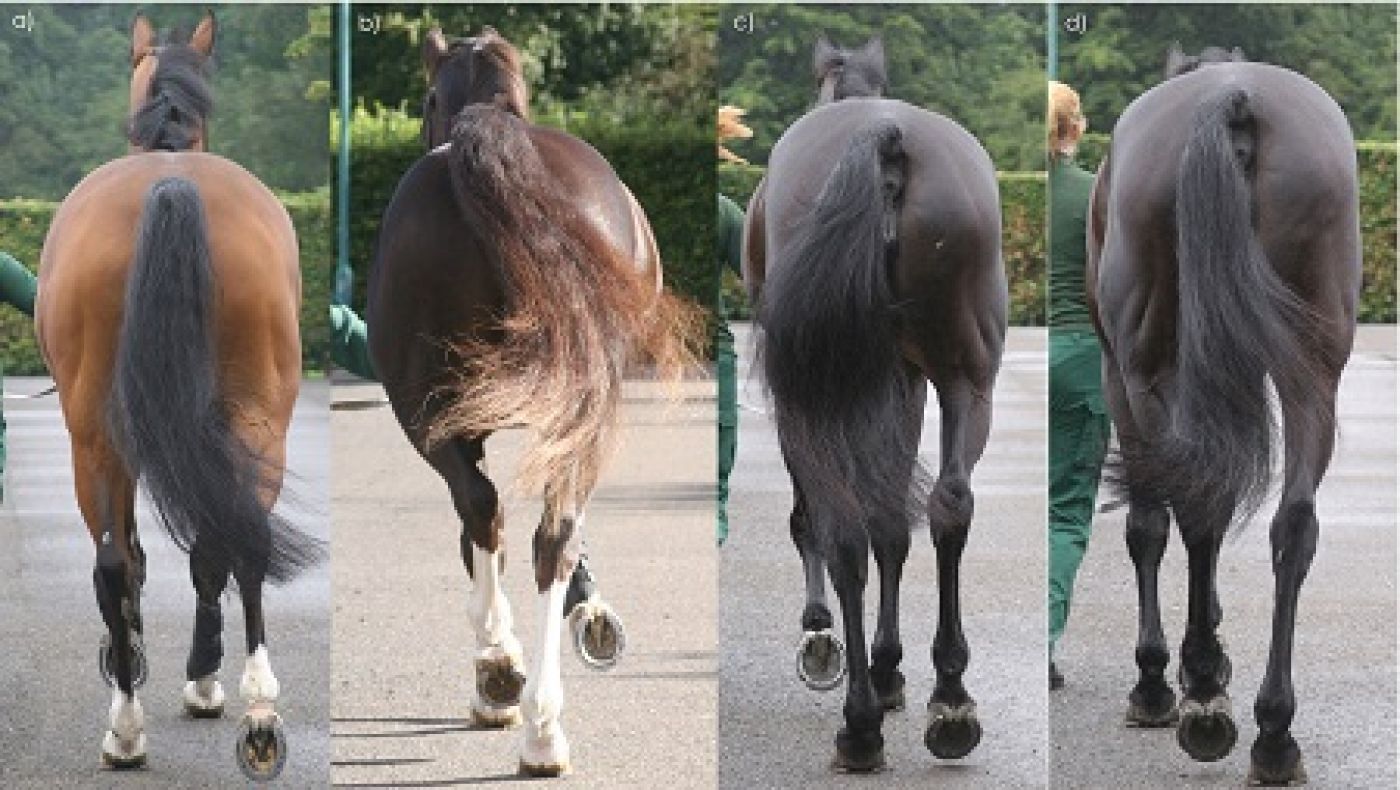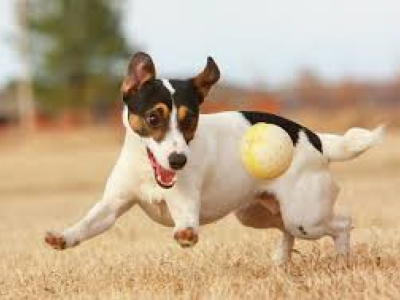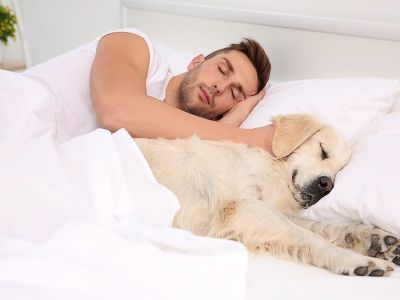Crooked Tail Carriage In Horses

Your horse’s tail is controlled by several different muscles. When moving at a walk and trot, the tail swings equally from side to side. Research shows the normal movement of the lower back is symmetrical at a trot in non-lame horses. Hind limb lameness may cause unevenness of movement and can affect the movement of the tail.
It is believed some horses show hind limb lameness by holding their tail to one side or the other, which can be associated with performance-related problems. The direction of the tail does not correlate with the side of lameness. More horses with crooked tails deviated to the left side versus the right side which could be due to rider unevenness.
Crooked tail carriage was associated with sacroiliac joint region pain and increased tension of the muscles in the upper back without pain in the upper back. When horses with crooked tails were placed in a circle, the crooked tail carriage increased in the direction of the crooked tail.
Using a local anaesthetic to numb the pain from the lameness did not resolve the crooked tail. There are variables other than lameness affecting tail carriage. If your horse has a crooked tail and carries it to one side or the other, you may want to have your veterinarian check for lameness or other cause.



